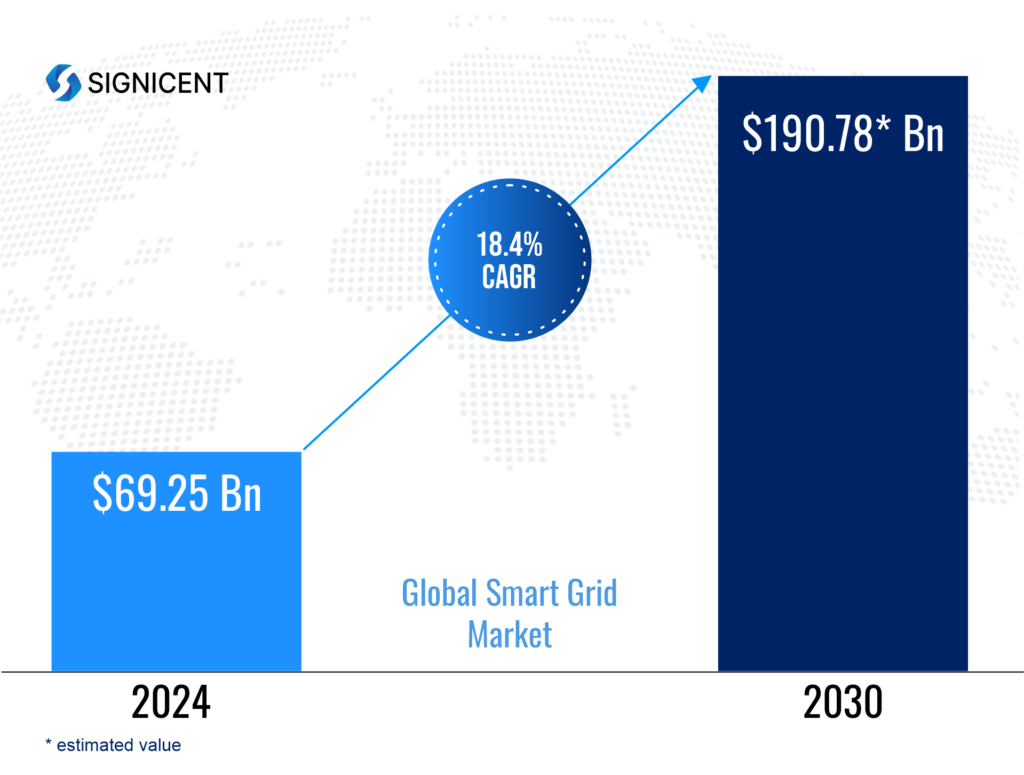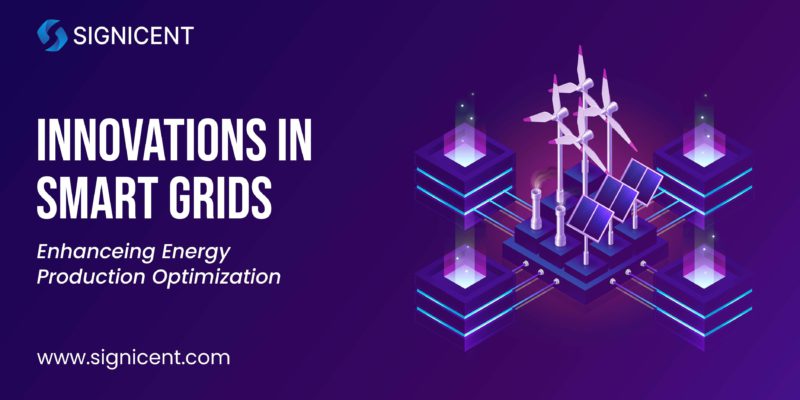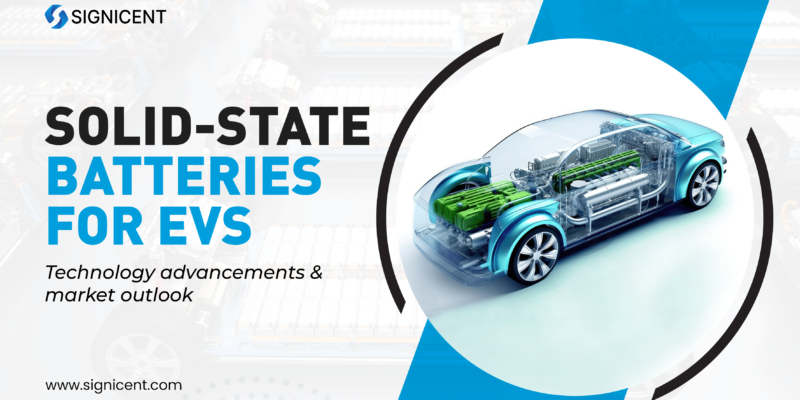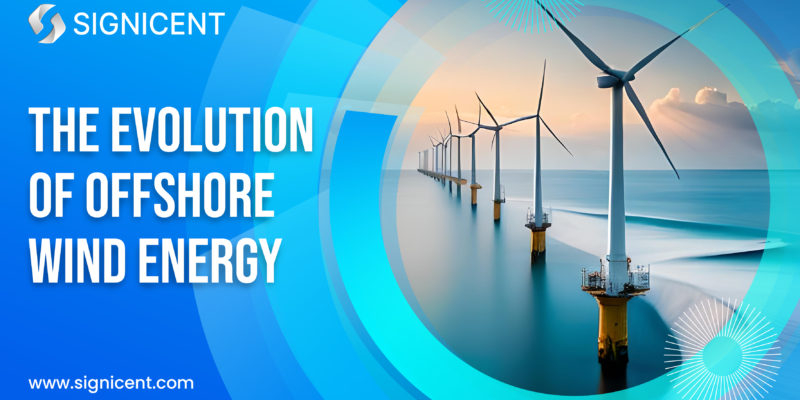Introduction:
In the dynamic landscape of energy storage and transportation, smart grid solutions emerge as the cornerstone of innovation, efficiency, and sustainability.
Smart grids utilize advanced technologies to optimize the generation, distribution, and utilization of electricity, revolutionizing how we store and transport energy. As the world shifts towards renewable energy sources and electric transportation, the demand for intelligent grid systems grows exponentially.
However, the main challenge lies in integrating diverse energy sources seamlessly while ensuring reliability and affordability. Smart grids address this by enabling real-time monitoring, predictive maintenance, and demand-response mechanisms. Join us as we delve into the transformative potential of smart grids, exploring their role in shaping a greener, more resilient future.
Drawbacks:
- Low energy density: Early energy storage technologies had limited energy density, meaning they could store relatively small amounts of energy compared to their size and weight, limiting their practicality for certain applications.
- Limited life: Many energy storage technologies had limited cycle life, meaning they could only undergo a certain number of charge and discharge cycles before experiencing significant degradation in performance.
- Low efficiency: Some energy storage technologies suffered from low efficiency, meaning they lost a significant portion of the stored energy during the charging and discharging process, reducing overall system effectiveness.
- Adverse environmental impact: The manufacturing and disposal of certain energy storage technologies, particularly those using toxic or rare materials, could have significant environmental impacts, raising concerns about sustainability and long-term viability.
Smart Grid Technologies:
Advanced energy management systems, such as smart grids, utilize various technologies to enable consumers and utility companies to monitor energy usage effectively.
- One such technology is Advanced Metering Infrastructure (AMI), which collects and analyzes energy usage data from smart meters on a scheduled basis. This data enables consumers and utility companies to track consumption patterns and optimize energy use.
- Demand Response Management (DRM) uses real-time pricing models to incentivize consumers to reduce energy usage during peak demand periods, promoting demand-side management.
- Phasor measurement units (PMUs) monitor electrical waves on the grid, providing synchronized measurements at multiple locations for a comprehensive view of the system state.
- Vehicle-to-grid (V2G) technologies leverage electric vehicle batteries as energy storage systems. V2G systems transfer unused energy from vehicles back to the grid, helping balance electricity consumption and reduce grid overload during peak hours.
New Age Innovations:
- Enhanced Battery Technologies: Advancements in battery chemistry, including lithium-ion, solid-state, and lithium-sulfur batteries, are boosting energy storage efficiency, lifespan, and safety, paving the way for more reliable storage solutions.
- Large-Scale Energy Storage: Innovations in grid-scale storage systems, like pumped hydro and flow batteries, enable the storage of renewable energy on a massive scale, supporting grid stability during peak demand.
- Distributed Energy Resources (DERs): Integration of DERs such as rooftop solar and residential storage decentralizes power generation, fostering grid resilience and flexibility.
- Microgrids: Microgrids offer localized energy solutions, enhancing reliability and efficiency in remote areas, industrial sites, and communities.
- IoT devices collect and transmit data on energy usage, grid conditions, and equipment performance, enabling utilities to make informed decisions about energy storage deployment and grid optimization.
These advancements in energy storage and grid technologies prioritize environmental safety and sustainability.
Each year Signicent provides consultancy to hundreds of organizations to help transform their innovations to value.
Benefits for Using the Smart Grids:
- Efficient and Reliable Energy Supply: Smart grids ensure an efficient and reliable energy supply.
- Integration of Diverse Sources: Seamlessly integrate diverse energy sources such as solar and wind.
- Real-Time Monitoring: Utilize real-time monitoring to optimize performance.
- Demand-Response Capabilities: Implement demand-response mechanisms to reduce costs and minimize downtime.
- Support for Renewable Energy: Facilitate the widespread adoption of renewable energy.
- Electric Mobility: Enhance support for electric mobility initiatives.
- Driving Sustainability: Promote sustainability through advanced energy management.
Key Components of a Smart Grid:
Smart grids are powered by essential components ensuring below seamless operations:
- Smart Meters: These devices track real-time energy consumption, offering detailed insights to consumers and providers alike.
- Sensors and Automation: Strategically placed sensors monitor vital metrics like voltage and load capacity, automatically adjusting parameters to prevent system overloads and blackouts.
- Communication Networks: Serving as the grid’s backbone, communication networks facilitate data transmission between components, including sensors, automation devices, and control centers, using wired or wireless technologies like Wi-Fi, Zigbee, and 5G.
- Software and Analytics: Advanced software tools analyze vast amounts of grid data, providing utilities with valuable insights to predict demand, identify issues, and optimize distribution networks.
Market research:

Key contributors:
Here are some of the players in this sector:
About Signicent LLP
We assist businesses globally in their technology innovations, R&D, new product development, patents, valuation, product commercialization & market research needs.
Services Offered:
- Technology Intelligence
- Market Research
- Patent Landscape
- Technology gap analysis
- Design Patent Search
- Portfolio Analysis
- Freedom to operate
- Bio Sequence Search
- Innovation pipeline identification
- Chemical Structure Search
- Patent Invalidity Search
- Manufacturers Search/ Supplier search
- Patent Licensing Services
Elevate your Innovation and Research with Signicent’s cutting edge approach to assist you with Technology and Market related matters alongside the IP aspect of the analysis.


